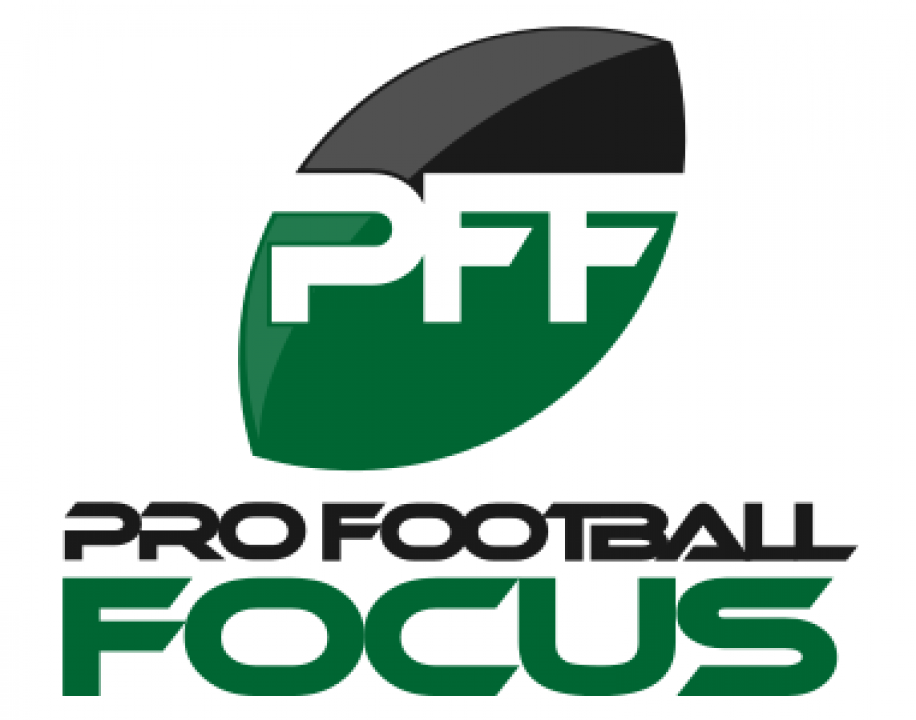Imagine a team owner sitting with a star free agent player and his agent, then utters the words, “Alexa, how much should I pay this guy?” That could be the future of the NFL, according to the Wall Street Journal. The WSJ reported that the National Football League is working with football statistic website, Pro Football Focus, to develop an artificial intelligence system which would determine the salaries of players. PFF already delivers some of the more intricate football stats – such as 3rd down situations, position rankings, etc. – so it’s only right they factor that information into a player’s payday? Sunday Night Football analyst Cris Collinsworth believes it was destined to happen. The former Cincinnati Bengal wide receiver, who bought a majority share of PFF in 2014, proclaims that football is in a “war of the mathematicians.”
“We’re building tools where you can plug in players, plug in salaries, you can plug in our grades, and decide whether or not a player is worth it,” explained Collinsworth. Ironically, but not surprisingly, one of the positions identified early as not “worth it”, is the running back. PFF senior data scientist, Eric Eager, says early indicates RB’s are overpaid and overrated since they are a “focal point”, but also easily replaceable since there are so many to choose from.
This tool is expected to be released within a year in 2 phases. The first phase will measure a player’s past performance in a game and use that to project his future performance. This will round out a player’s value overall. The 2nd phase will push out the financial aspect, which will also include the tough task of deciding what positions deserve to have money spent on them. Some of the metrics involved with that could include drops by a receiver and the difficulty of a quarterback completing a pass.
Using artificial intelligence to alter a player’s salary is probably an NFL owner’s wet dream. They don’t have to sit with their GM’s all night to argue over a discrepancy of a million dollars, which is not even guaranteed. They can just input some numbers, get a value, and decide whether they can lower or higher. This will only work depending on how the system is built. It’s likely the front offices around the league will be giving input on what the price points should be, so it would be no surprise if some market values for positions came down a little bit but nothing too wild. It makes sense, considering the NFL has team with over 50+ players that they have to pay; so cutting money where they can is going to be a priority with using this tool.
This is an NFL issue now, but this could potentially change sports forever. Think about how the NBA has been giving out $100+ million max contracts like Dum Dum pops. Teams have cleared out locker rooms to create cap space for superstars; but when they fail in those efforts, they take a step back and fill their roster with role players and fight for a bottom playoff seed or tank all together. Also, who knows if this goes a step further and salaries adjust automatically. Owners and GM’s would love not to be criticized for paying 8 figures to someone whose production either dropped or they have been benched entirely. If they input your role on the team has been reduced to being on the bench, your salary drops at that moment, with no chance for re-negotiation.
It sounds far-fetched to say, but as Collinsworth pointed out, numbers in sports aren’t just painted on the grass. The article brought up the Oakland Athletics and their “Moneyball” strategies. Don’t forget about the Houston Rockets and their analytics approach to the game, which has got them some playoff appearances and an MVP for James Harden, but as Charles Barkley points out, no championships. Pro Football Focus is not just an NFL executive’s guide to who can help the franchise win, it’s part of the average fan’s vernacular. It almost seems inevitable that those numbers would determine the numbers in an athlete’s pockets.
